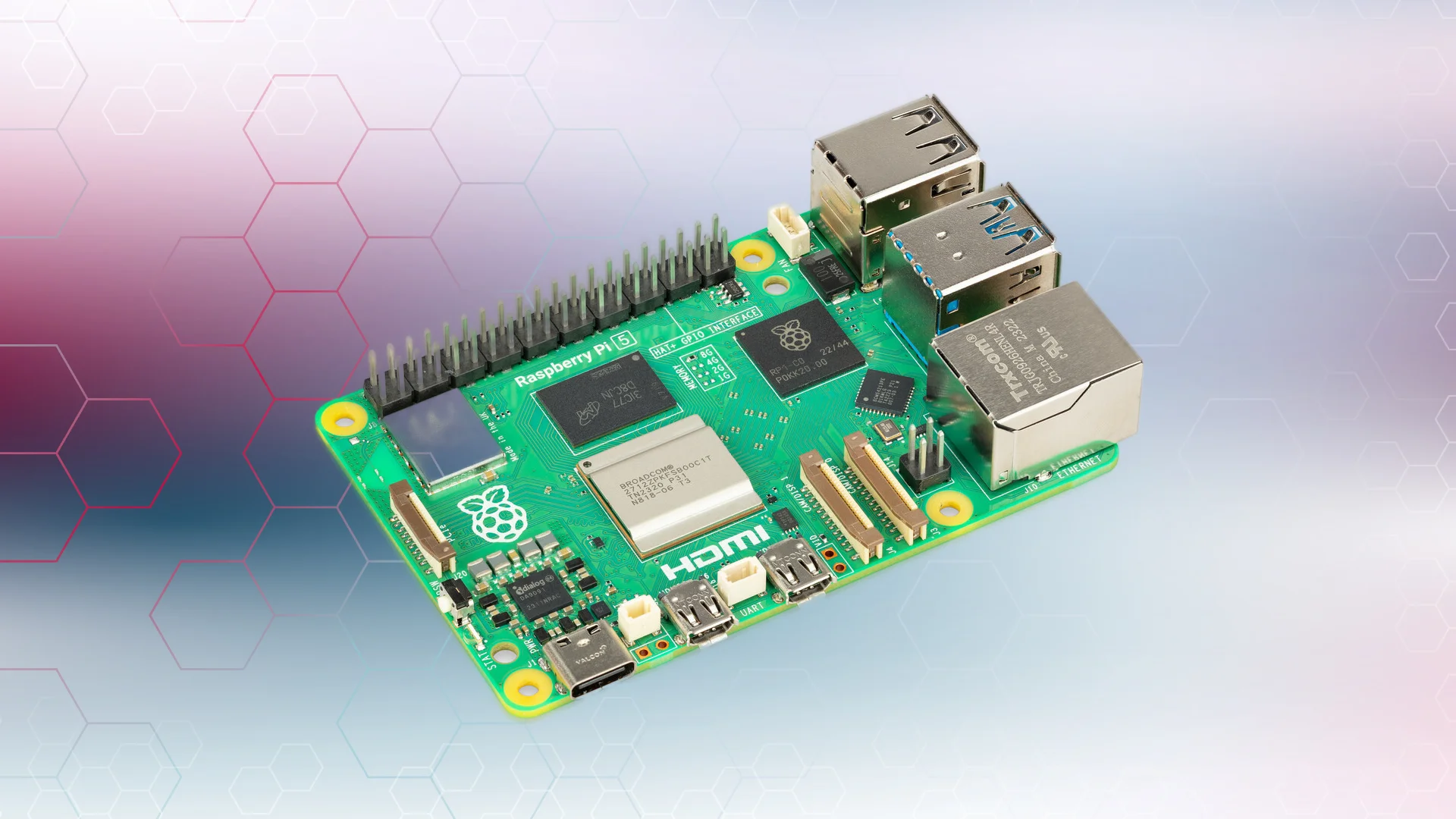The Raspberry Pi 5 marks a significant leap forward in the world of single-board computers. In this blog post, we delve into its specifications, comparing it with its predecessor, the Raspberry Pi 4, to highlight the advancements made.
The micro-computer brand has long been known for its cost-to-performance value, with the Raspberry Pi 5 starting at $60 for its 4GB variant and $80 for 8GB. This low price point makes it a popular choice among hobbyists and professionals working with Internet of Things (IoT) applications, networking tools (such as PiHole), education, and for budget-conscious consumers that need a capable PC at under $100.
The specifications of the Raspberry Pi 5 are improved across the board from its predecessor.
Processor and Performance
The Raspberry Pi 5 features a **Broadcom BCM2712 2.4GHz quad-core 64-bit Arm Cortex-A76 CPU**, a notable upgrade from the Raspberry Pi 4’s Broadcom BCM2711B0 quad-core A72 (ARMv8-A) 64-bit CPU running at 1.5GHz. This new processor brings enhanced speed and efficiency, making the Pi 5 over twice as fast as the Pi 4. The inclusion of cryptography extensions, 512KB per-core L2 caches, and a 2MB shared L3 cache further boosts its processing capabilities.
Graphics and Display Support
The Raspberry Pi 5 introduces the **VideoCore VII GPU**, supporting **OpenGL ES 3.1** and **Vulkan 1.2**, a step up from the VideoCore VI GPU in the Pi 4. Both models support dual **4Kp60 HDMI** display output, but the Pi 5 adds **HDR** support, offering better color and contrast in visual outputs.
Memory and Storage
In terms of memory, the Pi 5 offers **LPDDR4X-4267 SDRAM with 4GB and 8GB** SKUs available at launch, which is a continuation from the Pi 4’s options of 1GB, 2GB, 4GB, or 8GB (in the Model B) LPDDR4 SDRAM. The Pi 5 also boasts a high-speed microSD card interface with SDR104 mode support, enhancing storage capabilities and data transfer speeds.
Connectivity
Both models feature **Wi-Fi 5 (802.11ac)** and **Bluetooth 5.0**, but the Raspberry Pi 5 adds **Bluetooth Low Energy** for more efficient wireless communication, a feature only present in the Model B variant of the Raspberry Pi 4. Additionally, the Pi 5 maintains the Gigabit Ethernet connectivity, ensuring reliable wired network connections.
Additional Features
The Raspberry Pi 5 also includes several smaller improvements, such as a power button for easier operation, a faster SD card slot, and higher bandwidth USB 3 ports, enhancing user experience and device versatility.
Conclusion
The Raspberry Pi 5 represents a substantial upgrade over its predecessor, the Raspberry Pi 4, with improvements in performance, RAM, graphics options, and connectivity. It maintains the historically low price point shared by its predecessors and continues to target the hobbyist market with its small size and expandability.

